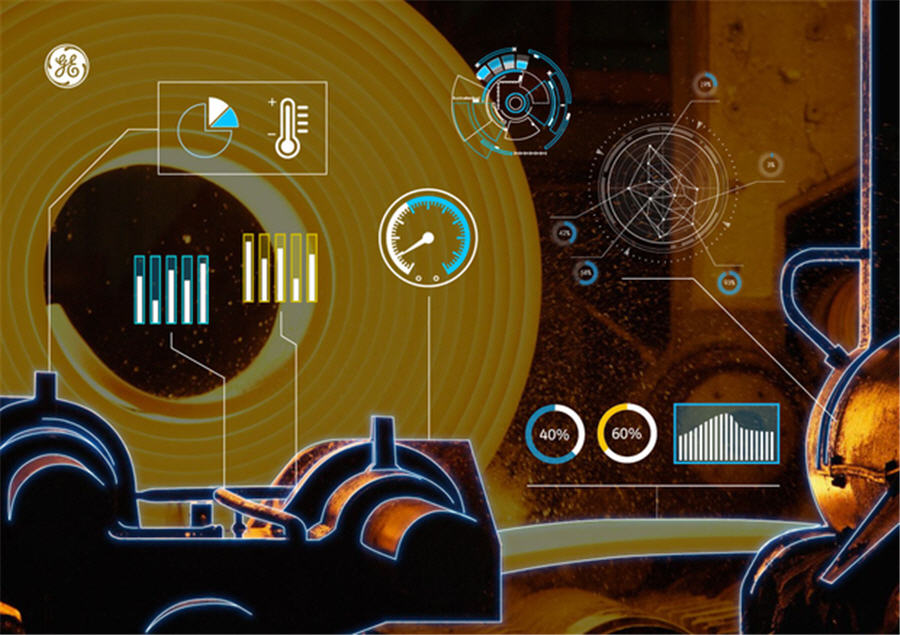
Steel dates back to the Spartans of Ancient Greece, and it has become the framework on which the world is built. It is used in almost every aspect of day to day life—from cars to construction and from cargo ships to surgical scalpels.
This ubiquity has not stopped it from suffering from the worst downturn in 50 years, driven by unbalanced supply and demand. Last year, China—the world’s largest producer and consumer of steel—announced over half a million redundancies as part of a program to manage overcapacity within the steelmaking industry.
While China’s announcements were a welcome relief to an embattled industry, steelmakers still find themselves in a challenging environment—they need to grow revenues and margin when the demand is low. Thus, they need to find a way to deliver against the forecast demand while ensuring that they maximize revenue opportunities and maintain margins.
Steel processing is a hard, challenging environment for any equipment, and breakdowns and machinery running out of tolerance are a daily occurrence. Avoiding unplanned downtime is a critical driver of productivity, customer experience and profitability, but maintaining equipment to ensure peak performance drives costs upwards. As important as avoiding unplanned downtime is maintaining production quality and controlling energy consumption. There’s also an issue of inconsistent performances across plants, resulting from patchwork supply chains, and an overall lack of standardization through the production process.
If the industry is to survive the downturn and deliver the required high-quality steel, it needs to be able to meet and overcome these obstacles.
Digital solutions for one of the world’s original innovations
Steel goes back thousands of years, but to overcome its challenges, the steelmaking industry needs to look to a much newer innovation—digital.
Every single motion in production can generate powerful data, and that’s no different for the rotating machines deployed in a steel mill. The production of steel requires significant numbers of rotating machines—a single processing line can have hundreds of motors running conveyor belts and driving rolling mills, all of which have an impact on product quality, productivity and ultimately, profits. Therefore, ensuring they stay online, working optimally, is crucial.
A digital solution, such as GE’s Asset Performance Management (APM), could be deployed to monitor rotating machinery performance in the downstream steelmaking process and draw insights from big data for performance improvement.
What does that mean for the challenges the industry currently faces?
Solving the billion-dollar problems
When one considers that a single hot strip mill can lose up to $30 million in annual revenue to unplanned downtime—and the hot strip mill is only part of the finished steel processes—across the industry, this adds up to billions of dollars.
The deployment of digital tools that can monitor and determine equipment health instead of expensive and often fragile vibration monitors and other techniques means that, for the first time, it is possible to monitor every single item of equipment in the process and not just those deemed “critical.” The application of this new approach will have a profound impact on downtime, product quality and energy consumption, with spin-off benefits for maintenance costs, manning levels and spare parts inventories.
Business Intelligence: the next chapter
The growing trend of merger and acquisition activities within the industry has caused a dilution of skills and experience in qualified labors. Lack of standard practices has further resulted in fragmented and uneven performances across steel plants. Different data acquisition mechanisms, alarms, triggers and fault descriptions have also posed a challenge for global companies to obtain data insights across facilities, which in turn limits their ability to achieve cost and process improvement at a global level.
Using digital APM technology that sits on a cloud-based platform, like Predix, all data can be analyzed, giving a complete view of the entire process—even when split across several plants. This central and holistic view could be applied not just to supply chains, but to plant performance across the world.
A connected approach enables one single data repository to retain knowledge, process information and deliver accurate analytics. Breaking down plant silos, operators can assess the real-time performance of any plant anywhere for global benchmarking and smarter decision-making, driven by data (rather than local experience alone). Best practices can therefore be identified, modelled and then scaled globally for consistent, efficient performance across a business, irrespective of location.
Keeping ahead
The industry is being challenged, but the demand for steel is not going to fade away. What that means is that operators need to get themselves into a position where they can maximize opportunities. At a time when operators need to do more with less, digital solutions are pushing the boundaries of what they can achieve, helping solve billion-dollar problems to unlock future profits and growth.
By Azeez Mohammed, President & CEO, GE Power Conversion